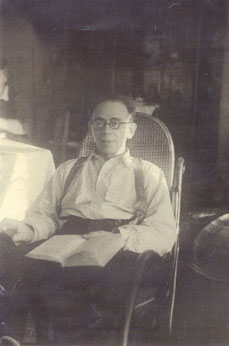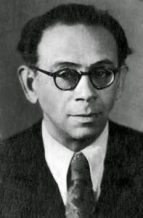
Ethnomusicologist of Eastern European Jewish music
Born in Ukraine in 1892, Moisei Beregovski listened very early to religious music through his father, who taught in a Jewish music school in Kiev, and who was a ba’al kore (in charge of biblical cantillation of the Torah) in the synagogue.
In 1905, when he was 13 years old, Moisei went to Kiev to study music theory and cello. Between 1915 and 1920, he learned composition in the Kiev Conservatory with Boleslav Yavorski, and from 1922 with Maksimilyan Steynberg. At the same time he taught in several Jewish schools between 1916 et 1922, and led the chorus of Kiev Society for Jewish Music.
In 1917, he was hired to analyse and catalogue the audio recordings from the second ethnographic expedition of Shalom An-ski. In 1919, he created and led the musical division of the Jewish Kultur-Lige (group of social and cultural organisations for the promotion of Yiddish culture) in Kiev, until its closure in 1921.
According to the Encyclopedia Judaica, and the website of the YIVO, Beregovski headed the Cabinet for Jewish Musical Folklore in the ethnographic section of the Institute of Jewish Proletarian Culture in Kiev between 1930 et 1948. This information is however questioned by the musicologist Joachim Braun in his book Jews and Jewish Elements in Soviet Music (1978). Referring to an autobiograph manuscript by Beregovski, Braun affirms that the latter headed the Cabinet for Jewish Musical Folklore until 1936, then worked in the Folk Department of the Kiev Conservatory, and then headed the division of folk music in the department of Jewish culture in the Ukrainian Academy of Science from 1941 to 1949.
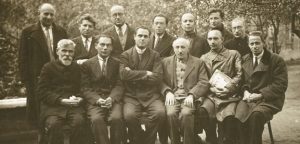
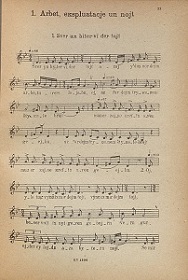
In 1949, the department of Jewish culture was closed, Beregovski was arrested and sent to Tayshet, administrative center of the Gulag, where he would remain from 1951 to 1955.
In 1956, he was “rehabilitated” and returned to Kiev where he would die on August 12, 1961.
From the 1930s to the 1950s, Beregovski prepared for publication a five-volume anthology of Jewish folklore based on his fieldwork.
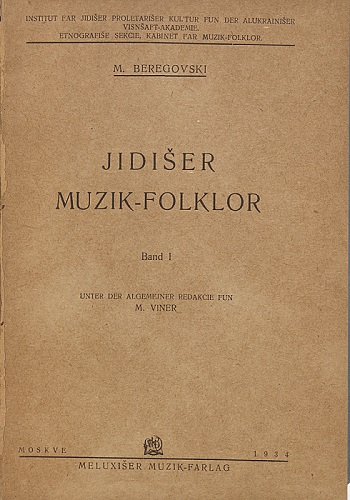
Contrary to the theories of Abraham Zvi Idelsohn and Lazare Saminsky, searching for an original Jewish music, Beregovski promoted the idea that “borrowed elements” from Diaspora culture were voluntarily transformed and incorporated into Jewish folk music. In his view, “borrowed elements” were not foreign additions, but changes that were adopted and developed from a uniquely Jewish perspective.
Beregovski’s contributions constitute the cornerstone of all serious study of East European vernacular musical traditions.
Sources :
YIVO
JMRC
Yiddish Lexicon
